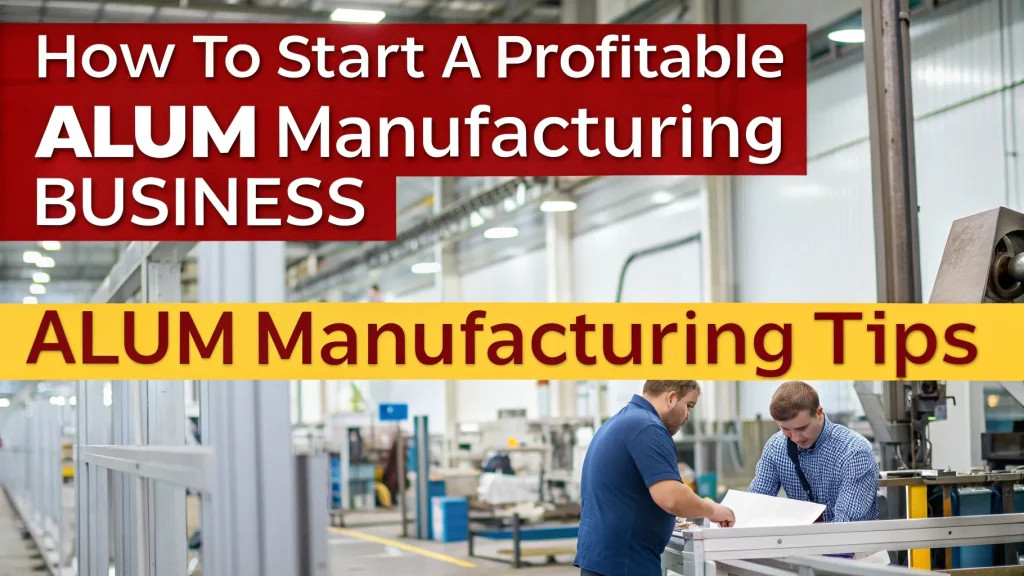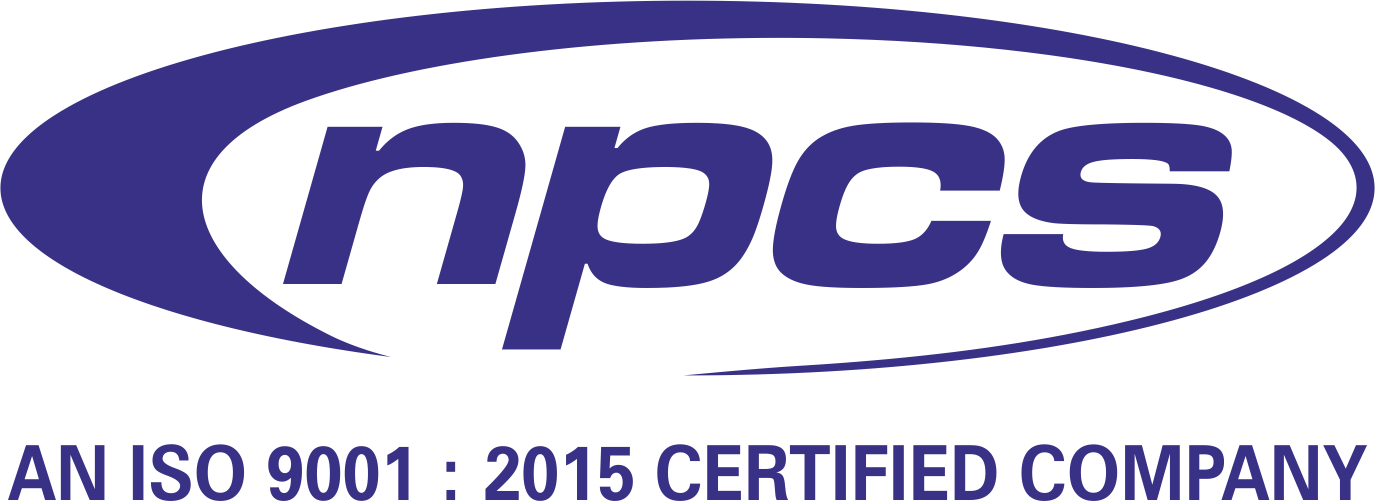But even before any product is launched, partnering with the right third party pharma manufacturer can be critical for the success of your company. With a third party pharmaceutical manufacturer, production can be streamlined, operational costs reduced, and your products ensured to meet industry standards. So, how do you pick the right partner for your pharmaceutical manufacturing? This guide will walk you through the process step-by-step to help you make an informed choice that benefits your business.
Why Choose Third-Party Pharmaceutical Manufacturing?
Before delving into how manufacturers can select the best one out, you should know why third party pharmaceutical manufacturing has been an option for many businesses. By third party manufacturing companies outsource their production to specialist pharma manufacturing organizations for savings from hugely price involved with building and running a production facility. In addition, these Third Party Manufacturers may possess specialised experience, the most recent technology, and established supply chains which can greatly improve your product’s quality and distribution efficiency.
Read Our Books
Small businesses or businesses of all sizes can partner with third party pharmaceutical companies on marketing, branding and sales leaving the production to the experts.
Step 1: Know Your Needs and Expectations
The first step in choosing a third party pharma manufacturer to produce your active pharmaceutical ingredient is to clearly define your needs. This includes understanding your product type, manufacturing volume, timelines, and standards. Are you looking for a manufacturer specializing in a specific dosage form (tablets, capsules, liquids)? Is your product a generic drug or a new formulation?
Start by asking the following questions:
- Are there special types of pharmaceutical manufacturing my product requires?
- How much production is small batch vs how much is large scale?
- When do I expect to bring the product to market?
- Right now, what do I need my product to be customized on?
- What is the list of certifications and compliance standards the manufacturer should follow?
By early on defining these requirements you can narrow down the potential manufacturers who can meet your needs as effectively as possible.
Step 2: Research Third Party Manufacturing Pharma Companies
Once youve picked out your requirements, its time to do your research and see who is out there to manufacture your pharmaceutical drugs. The first place to start your search is to look at manufacturers who specialize in your particular product or who have a fairly good record of manufacturing the type of product your are seeking.
Look for manufacturers who are:
- Experienced: Are they old folks working in the pharma manufacturing industry for years and years? Experience is frequently interpreted as reliability.
- Certified: Make sure the manufacturers your target market has them as well, including Good Manufacturing Practices (GMP), ISO certifications and FDA approval.
- Innovative: Is the manufacturer using state of the art technology for manufacture & packaging of drug?
So, first of all, find a manufacturer that has previously worked with other known pharmaceutical companies and use resources such as market research reports to get as close to the ideal as you can.
Step 3: A quality control and compliance.
Pharmaceutical manufacturing requires quality control, as products of inferior quality can pose serious risk to peoples’ health and regulatory penalties are looming. Good quality assurance systems should be present in a reliable third party pharmaceutical manufacturer. Look for companies that adhere to international quality standards such as:
- Good Manufacturing Practice (GMP)
- ISO 14001 (environmental management)
- ISO 14001 (Environmental Management)
- ISO 22000 (Food safety management)
- ISO 17025 (garment and sewn products)
- ISO 18001 (OH&S management)
- ISO 28000 (security management)
- European markets compliance (for European markets)
A third-party pharma company should also offer transparent quality control processes, including:
- Regular audits
- Batch testing
- Product sampling
- Raw materials traceability and final products
Also Read:
- How to Start Manufacturing Business of Blood Collection Tubes
- How to Get In On the Booming Business of
If a manufacturer can only provide documentation or proof of past audits, make sure they can provide proof that shows past audits have proven that they maintain high quality of standards in the process of pharmaceutical manufacturing.
Step 4: Technological Capabilities of Evaluation
From pharmaceutical industry business to high-quality production, the sector is rapidly growing, driven by fast technological advancements. To keep up, it’s essential to review potential third party pharma manufacturers carefully and ensure they have the infrastructure to meet your product’s needs.
Ask the following questions:
- Do they support the development of your product (e.g., solid dosage forms, biologics, or controlled release drug products)?
- Can they produce both in the small and large scale?
- How do they automate things, and how does it affect production cost and efficiency?
- If you dont purchase directly from them, do they have other services such as R&D or packaging?
Having a third party manufacturing pharma company choose to use advanced technology can really speed up and lighten your production process.
Step 5: Think of Lead Time and Scalability
For a third party manufacturer, lead time is an important variable to consider. If you want those words in your cycle count process, it is likely they mean the time it takes to manufacture a batch of your product from raw materials to finished goods. Womens chemise is an item that can be produced by an ideal manufacturer on time without giving up quality.
You should also evaluate the capacity of the manufacturers operations. Your production requirements may change though as your business grows. Flexible manufacturer one that can scale up or down based on demand will free you from having to be bogged down by costly disruptions.
Talk to the manufacturer and discuss your investment project to see the extent to which they can manage to take in higher pilferages and to get a good idea as to when future batches will be ready.
Our Project Reports
Step 6: Basically, you would first check Customer reviews and references
Valuable are customer reviews and references when assessing third party pharmaceutical companies. Talk to other companies that have worked with your potential manufacturer in order to find out their experiences. If the manufacturer is able to maintain a good reputation from its clients, they deliver on their promises when it comes to the quality, timeliness, and customer service.
Find manufacturers who have long time relationship with their clients as this shows trust and reliability. Moreover, request case studies or testimonials to show you what the manufacturer did with other projects similar to yours.
Also Read: The Indian Pharmaceuticals Sector
Step 7: Negotiate Terms and Costs
Get it down to one or two choices, then you can talk about the terms, the trade, what youre going to pay for. Make sure youre crystal clear on your budget and what youre expecting, and that every single cost is spelled out clearly for you from the outset. Find out who you are dealing with, negotiate the best deal you can and make sure the manufacturer meets your standard of quality and compliance.
Key terms to discuss include:
- Cost per unit or cost per batch
- Payment terms
- Minimum order quantity (MOQ)
- Lead times
- FDA filings or certifications, etc.)
If you’re operating a small business, it pays to work with a third party pharmaceutical manufacturer because you can drastically cut costs in production, but that doesn’t mean you have to compromise on quality.
Step 8: Finalize the Contract
After you have chosen your supplier, everything should be written down. All of the terms of agreement should be spelled out in a formal contract which should involve quality standards, delivery schedules, payment terms and intellectual property protection.
This contract acts as a legal protection for the both parties and fulfills the provision of clear expectation of what it exactly is. Before signing, talk to legal professionals to ensure that the contract terms are okay, so you wont have any problems further down the line.
Also Read:
Conclusion
For any entrepreneur in the pharmaceutical industry, choosing the right third party pharmaceutical manufacturers is a critical decision. Following this step by step guide will help you find a reliable, capable manufacturer, who will help speed your product to market at the lowest possible cost AND in compliance with industry standards.
Regardless of whether you are working on implementing a new investment project or increasing the size of current product lines, the right manufacturer can be the difference between success and failure. If you are interested in knowing more about the pharmaceutical industry and manufacturing visit NIIR Project Consultancy for expert insights and consultancy services.






